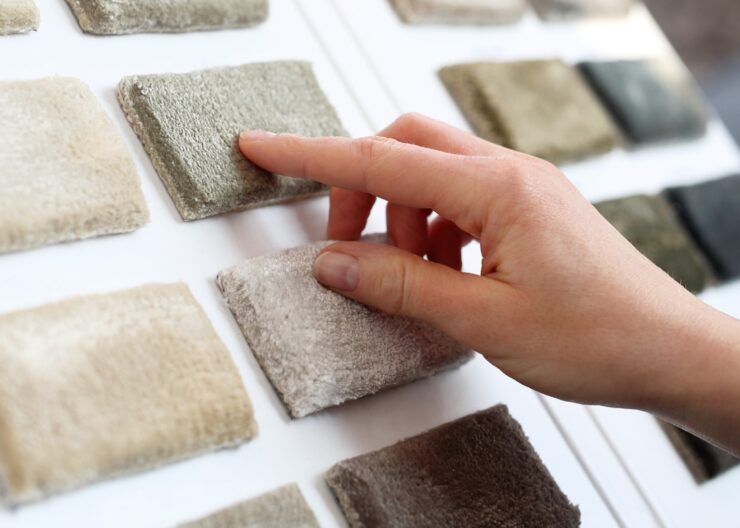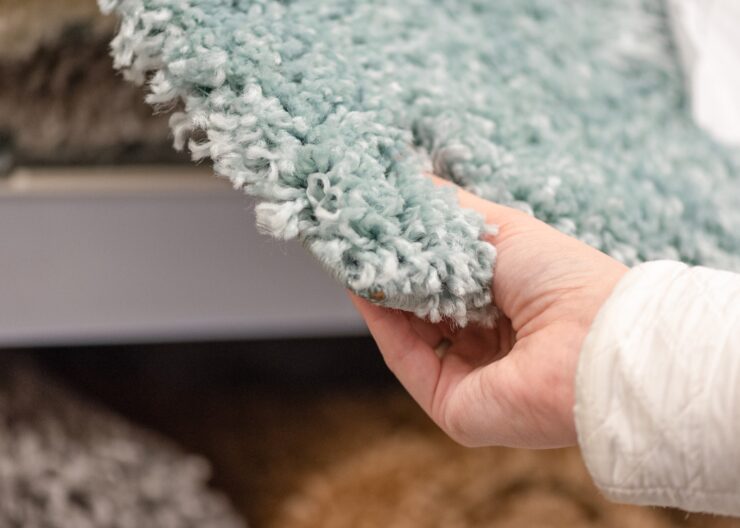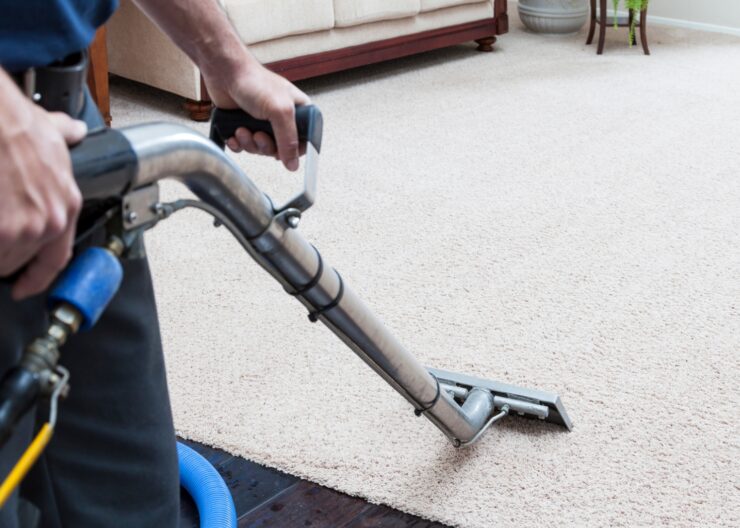When it comes to deciding when to replace your carpets, it can be hard to know what signs you should look out for. Many people make the mistake of waiting too long before changing their carpets, which can do a lot of damage and cost more in the long run. There are several key indicators that it’s time for a new carpet, such as age or excessive wear and tear. It’s useful to know what these signs are so that you can assess your carpeting and make sure it’s safe for your home.
Why replace a carpet?
Replacing your carpets can provide numerous benefits, from improved indoor air quality to a more aesthetically pleasing home. Floors can accumulate a large number of allergens, dirt, and bacteria. Over time, these substances can affect the air quality in your home, potentially triggering respiratory and other physical reactions. Replacing carpets with fresh, new carpeting or other flooring materials can help eliminate these irritants and improve air quality.
Additionally, replacement carpet provides an opportunity to update the look of your space through color and texture changes. It can also reduce noise levels in a room by absorbing sound more efficiently than hard floor surfaces such as wood or tile. Not only will you enjoy cleaner air and a fresher look; but you’ll also benefit from quieter living spaces.

What are the Signs it’s Time to Get a New Carpet?
How do you know when it’s time to replace your carpets? Here are some signs that it’s time for a change:
- Stains & Discoloration – Carpets are prone to staining and fading over time due to frequent foot traffic or spills. Even normal wear and tear will cause them to discolor slightly or become discolored altogether. If you have noticed significant discoloration in your carpets, it may be time for a replacement.
- Odors – If your rug has strong odors even after cleaning, this is a sign that it is sponging up contaminants from the air and needs to be replaced soon. Strong odors can also indicate the presence of mold or mildew in the flooring.
- Padding Damage – If there is noticeable damage to the padding (such as moves or bumps), then this could cause visible damage on top over time if not addressed quickly by carpet replacement. This can lead to loose edges on carpeted stairs and creases throughout living areas from being walked on unevenly.
- Overall Age – Carpeting typically lasts 8-10 years with regular maintenance, depending on where they’re placed in the home and how often they’re exposed to heavy foot traffic. When they began showing signs of wear beyond normal use, such as in areas like hallways or doorways where people move around regularly, then it may mean that it’s time for a new set of carpets!
How to Choose the Right One for Your Home?
It’s important to ask yourself which textures and colors best suit your lifestyle and the room in which they will be installed. Consider traffic patterns in order to determine whether an area rug or a wall-to-wall carpet may be more appropriate for that particular space.
In terms of materials, nylon is often considered the most long-lasting type of fiber available. It’s an extremely durable material that resists soiling and staining better than other fibers such as wool or polyester. Wool carpets create a luxurious look but can generally be more expensive than synthetic options. Synthetic models such as polyester offer excellent value because they are less expensive yet still provide excellent durability and stain resistance over time.
Regardless of what type of carpet you decide on for your home, make sure to discuss fabric warranties with your flooring contractor since some may cover spills or pet accidents throughout the life of the product while others do not offer any protection at all against damage or staining.

How to Prepare?
Once you’ve identified it’s time for a change, preparing for carpet installation is key for gaining the most benefit from this process. The following checklist will help ensure a successful transition:
- Measure the rooms that need new carpeting – measure both length and width to make sure you order enough material
- Select the color that best suits your space – consider choosing a shade lighter than what is already present as foot traffic can fade colors quickly
- Remove any existing furniture or items from the area to be refitted – if possible have these items moved prior to delivery so installation can begin right away
- Be aware that existing wall-to-wall carpeting may need to be removed prior to replacement – most contractors do not remove or dispose of old carpeting unless requested
- Make sure both windows and doors in affected spaces are operational – work should not impede their ability to open or close after completion
- Request padding selection with each order when purchasing cut yardage material – this will add comfort and lifespan
- Ask about installation methods before completion – tack nails are more secure than glue but require extra preparation time
How to Maintain Your Carpet After Installation?
The best way to protect the life of your carpets is to regularly vacuum and spot clean when necessary. Regular vacuuming will help remove dirt, dust, and other small particles that can act like sandpaper over time wearing away at the fibers.
Spot cleaning is necessary for removing any spills or pet accidents as soon as they happen so they do not have time to settle or set in the fibers. If you have pets, be sure to groom them regularly to minimize shedding, and bring in professional cleaners at least once a year for deep cleaning or steam cleaning.

Conclusion
Whether you’re ready for a color change, seeking relief from allergies, or need to update your flooring after years of wear and tear – replacing your carpet is an important decision that has huge potential to improve your everyday life. With careful consideration, selecting quality materials, and partnering with experienced professionals – achieving this goal not only adds beauty but value to any home or workspace as well.

